USA and Canada
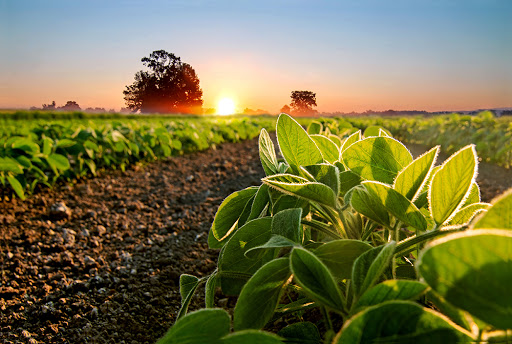
U.S. Soybean Processing Industry Explodes: Push for Low Carbon Fuels Drives Expansion and Profits for Farmers
It’s one of the fastest growing industries in ag, soybean processing, with several companies announcing plans to build facilities in the coming years. The latest ones we told you about earlier this month. Bunge has plans for a $550 million dollar plant in Morristown, Indiana, and Epitome Energy is also building a $400-million facility in Grand Forks, North Dakota.
Plans are in the works for 18 new soybean processing plants and there are more on the drawing board. With the push for low carb fuels like renewable diesel and Sustainable Aviation Fuel the industry has exploded and it’s a long term positive for farmers.
The soybean processing industry is entering a new era, driven by the demand for low carbon fuels like Renewable diesel which can be made from feedstocks like soybean or other veg oils. John Jansen, vice president of strategic partnerships for the United Soybean Board says, “It sequesters and eliminates a significant amount of greenhouse gas and carbon as compared to fossil fuels.”
Read More…
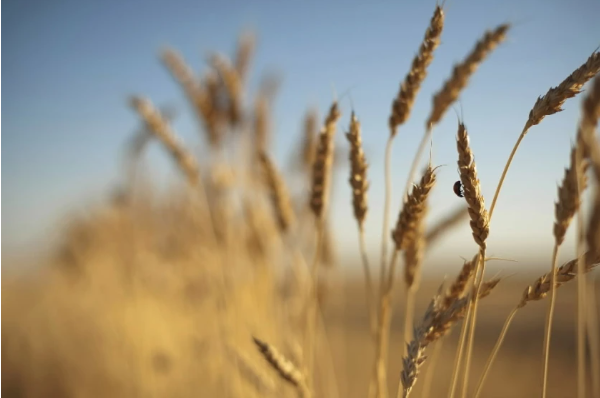
How hybrid wheat could lead to more food without GMO fears
U.S. farmers are gaining access to a new type of wheat developed by agrichemical giant Syngenta without genetic engineering, as the world’s biggest seedmakers seek to boost yields amid dwindling supplies of grain.
Chinese-owned Syngenta is releasing hybrid wheat on 5,000 to 7,000 acres next year, a small fraction of total U.S. plantings, while BASF SE and Bayer AG are planning their own launches of hybrid wheat by the end of the decade.
How is hybrid wheat grown?
Crop breeders develop hybrid wheat by taking away the natural ability of plants to pollinate themselves. Instead, female wheat plants in a field are pollinated by male plants of a different line, with the goal of producing seeds that carry stronger yield potential and adaptability to adverse environments than either parent. The fertilized female plant produces new, unique offspring called a hybrid.
Read More…
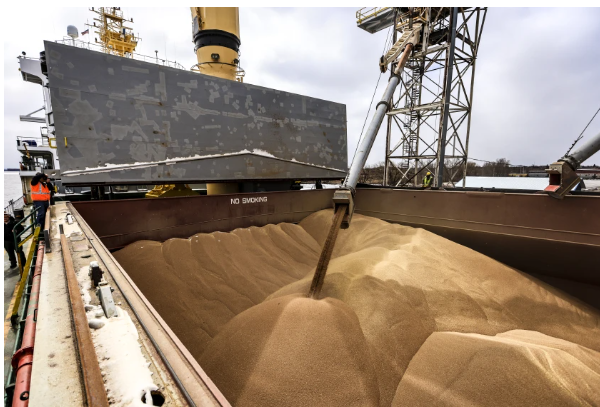
Grain exports from Port of Duluth-Superior on pace for lowest or second-lowest year since 1890
Grain shipments through the Port of Duluth-Superior are lagging.
Through November, 510,547 metric tons of grain had moved through the port on ships so far this season, setting it up to be the lowest or second-lowest season since 1890, according to historical tonnage figures dating back more than 150 years.
Exports of grain by ship have declined for decades, down from a high of 9.2 million metric tons in 1978. Soybeans now go by rail to the West Coast, for example, and the geographic area where grains were harvested before being sent to the port for transport has shrunk, among other factors.
But a unique set of circumstances have caused the 2022 decline.
Daniel Rust, associate professor of transportation and logistics management at the University of Wisconsin-Superior, said fewer ocean-going ships, or “salties,” coming into the port means less grain leaving the port.
Read More …
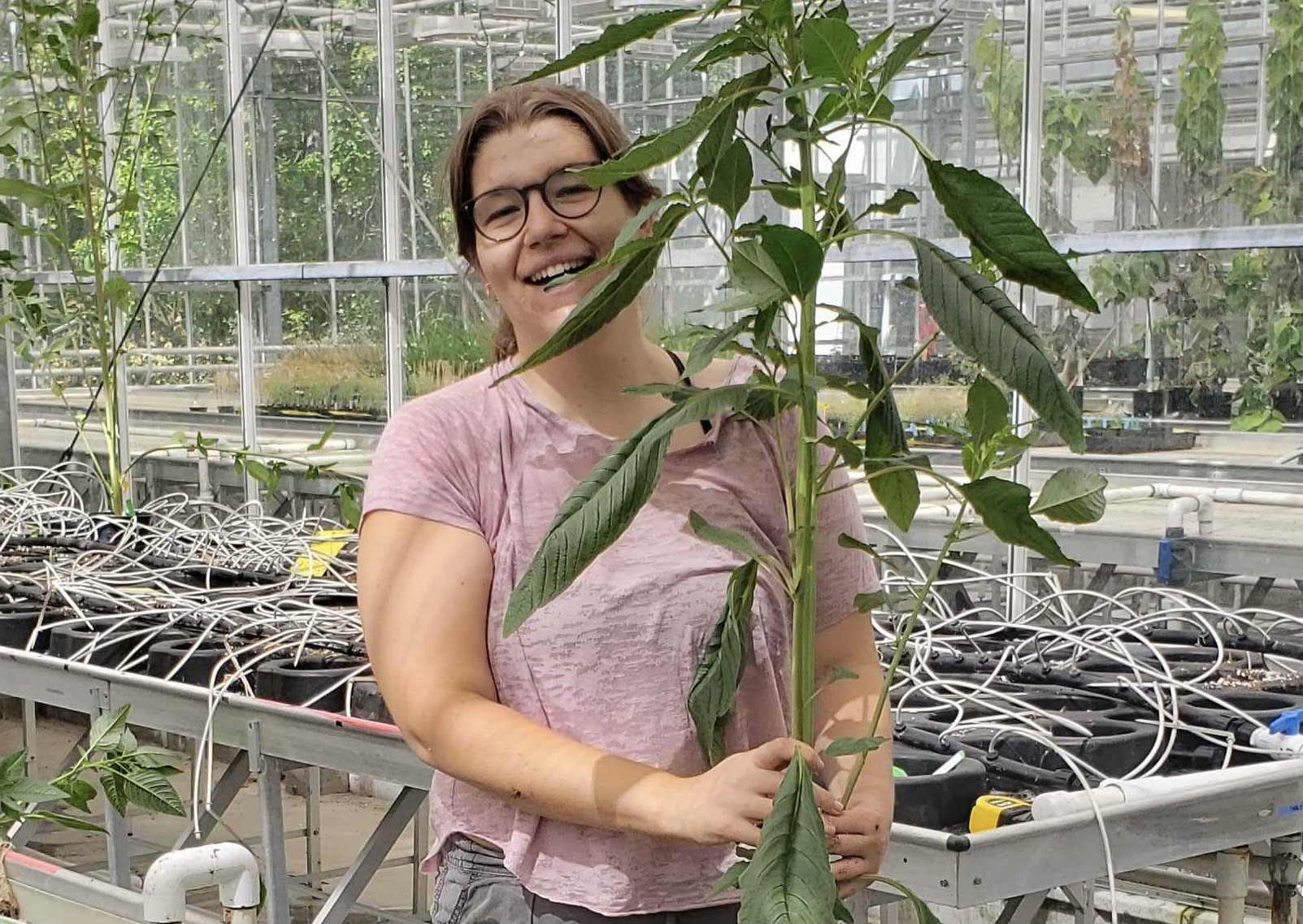
Farmers are losing the ‘arms race’ against weeds
Intensive farming is creating new super weeds that are nearly impossible to kill with herbicides. Already infamous for their impact on everything from water quality to biodiversity, the intensive approach to agriculture is making it even harder for farmers to protect their crops — and bottom lines — from tsunamis of harmful weeds, a new study suggests.
Researchers compared genetic material from old samples of the common weed waterhemp to its modern-day genome and found the weed evolved at lightning speed to survive nearly all chemical herbicides. The mutations that make it almost impossible to kill have also helped the plant native to the southeastern U.S. spread far beyond its historic range.
The widespread use of powerful herbicides puts a “super strong selective pressure” on weeds, killing off all but the most resilient, explained lead author Julia Kreiner, a professor at the University of British Columbia. Those that survive can then pass on their resilience to their offspring. After several generations, only plants with the most resilient traits will be left to pass on their genes.
Read more…
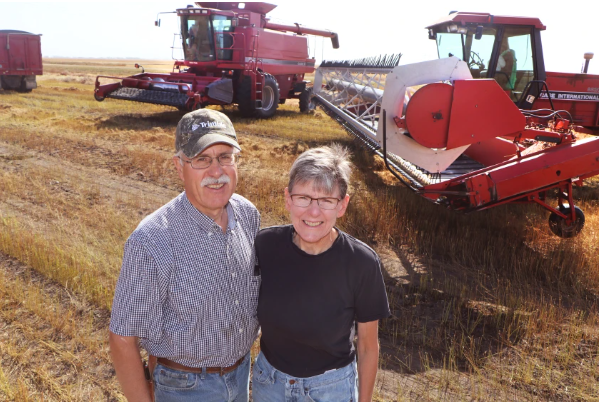
Farm workers who hand-harvest crops get rate increase Jan. 1
CANADA, December 29 – Farm workers and producers are reminded that the minimum wage for agricultural piece rates will increase by 2.8% on Sunday, Jan. 1, 2023.
The increase applies to 15 agricultural crops that are harvested by hand, as specified in the employment standards regulation, including peaches, apricots, Brussels sprouts, daffodils, mushrooms, apples, beans, blueberries, cherries, grapes, pears, peas, prune plums, raspberries and strawberries.
The increase is based on B.C.’s average annual inflation rate in 2021 and is consistent with the 2.8% increase to the minimum hourly wage that came into effect on June 1, 2022.
Quick Facts:
- Piece rate farm workers harvest crops, such as blueberries and mushrooms, by hand.
- Each of the 15 crops has its own minimum pay rate.
- Farm worker piece rates in B.C. were previously increased by 11.5% in January 2019.
- B.C.’s farm worker minimum piece rate system has been in place for more than 40 years, established in 1981.
Read more…
New Zealand
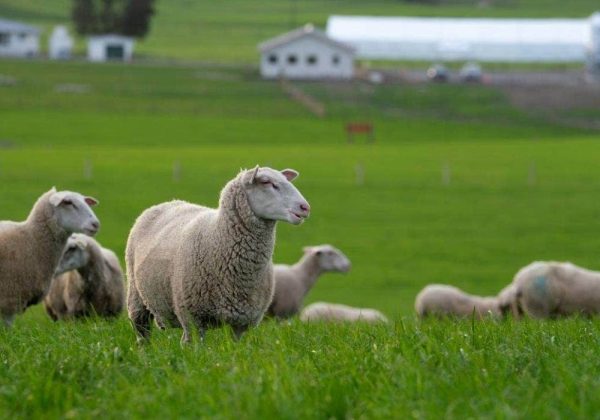
Nothing dry about sheep milk powder’s potential
More nutrients, less impact on the planet, and easy to digest – it’s no surprise sheep milk is becoming a strong option in the New Zealand dairy industry.
But what some farmers may not know is there’s even more value to be gained from processing sheep milk into powder. The New Zealand Government sees its potential – in June 2022 a funding boost was announced for the Sustainable Food and Fibre Futures Fund, to support New Zealand’s dairy sheep sector.
Agriculture Minister Damien O’Connor stated that globally the premium alternative dairy category is growing by about 20% a year and the potential industry in New Zealand could be worth more than $750 million in annual export receipts by 2035.
The reason behind sheep milk powder’s export demand is due in part to its excellent nutritional offering. It is easy to digest due to the fat and protein components and is rich in nutrients including vitamins A, B and E, potassium, magnesium, folic acid, and zinc.
Read More here...
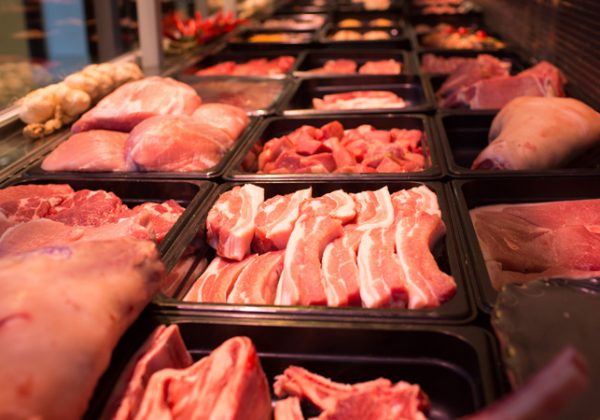
Meat delivers more of the essential protein building blocks compared to a plant-based alternative
That’s the findings from a human clinical trial done for the Pasture Raised Advantage research programme to explore the health and wellbeing benefits of eating pasture-raised beef and lamb as part of a balanced diet, compared to grain-finished beef or a plant-based alternative.
The project, which involved researchers at AgResearch, the University of Auckland, Massey University and the Riddet Institute, shows that red meat is probably a better source of protein for the body than highly processed plant-based products promoted as meat alternatives.
In this first of two clinical trials, 30 participants aged 20-34 years were fed breakfast on four different days and their blood, digestive symptoms and mood were monitored for four hours immediately following the meal.
Breakfast was a burrito that contained a single serving of a different protein each day; pasture-raised beef, grainfinished beef, lamb and a plant-based alternative – served in random order to each participant across the four days.
Read More here…

Empty shelves and egg shortages are signs that better days are coming
OPINION: It’s a funny old world when empty supermarket shelves are a sign things are getting better.
New Zealand’s current egg shortage is the result of a ban on “standard” battery cages, those things piled high and stuffed full of suffering in windowless sheds around the country.
It’s in these overcrowded cages that hens are given space less than the size of an A4 piece of paper to spend miserable lives, unable to stretch their wings, and all in the name of money.
Finally, though, the cage-egg industry has been forced to adapt or die; ironically, much the same behaviour it’s demanded of the countless animals it’s abused.
But for the empty shelves and limits on eggs, the ban’s implementation might have slipped by most people unnoticed, that is until they get a look at the cost of the alternatives.
While there’s no doubt this move will hit consumers already struggling to buy food, if more money means less cruelty it’s a justifiable price to pay.
Read More here…

More sweet wines and fewer pinot noirs? What climate change could mean for wine lovers
Sweeter wines, with higher alcohol content? For some this might sounds like the makings of a great night out, albeit with a much less pleasant morning after.
But for Aotearoa’s winemakers it is the impact climate change may yet have on the quality and flavour profiles of the wines which make up New Zealand’s $2 billion industry.
The effects of climate change are already being felt by growers and makers contending with less predictable weather cycles at crucial points in the production process.
Ali Lowrey, a wine scientist at University of Auckland, first noticed the effects of climate change while working a vintage season in Hawke’s Bay in 2017 where tropical cyclones led to grapes contracting botrytis.
Read More here…
Australia
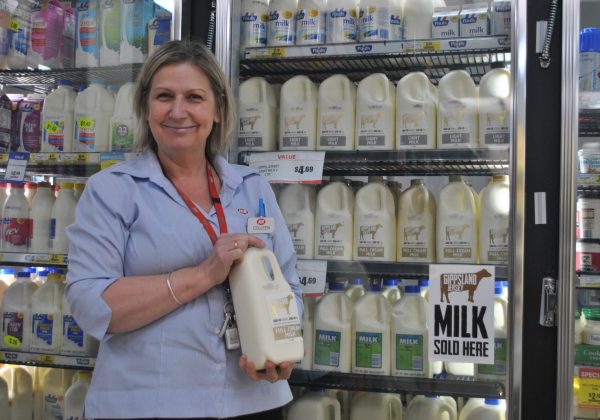
Australian milk price’s rapid rise
RABOBANK says in a new report that consumers are seeing significant price increases across dairy products – based on the national Consumer Price Index (CPI) data – with milk prices having risen at the fastest rate since records began.
In its Global Dairy Quarterly Q4 2022 – Walking the Tightrope into 2023, Rabobank says while the Australian consumer has shown resilience in the face of cost-of-living pressures, signs of dairy demand weakness are emerging as a willingness and ability to spend on discretionary items softens.
“Households are trading down to private label offerings, with volume declines in grocery and foodservice channels being more evident – it looks set to be a tough year ahead for Australian consumers,” report co-author Michael Harvey, senior analyst for Dairy and Consumer Foods at Rabobank, said.
“For Australia’s dairy producers, farmgate margins remain positive and are supported by the record milk prices,” Mr Harvey said.
Read more here
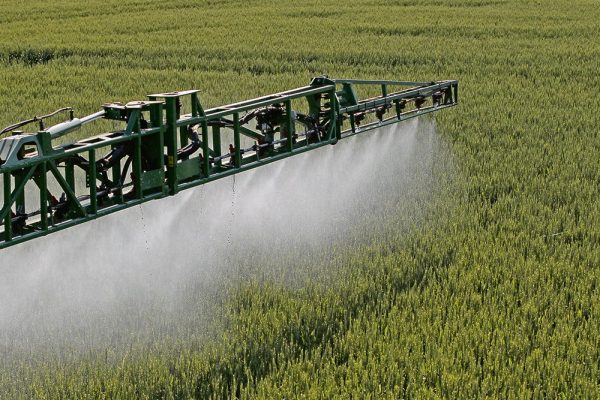
Shortfalls in Australia’s food pesticide residue monitoring raised almost a decade ago
Serious shortfalls in Australia’s monitoring of pesticide residues in food, particularly food destined for the domestic market, were identified by the federal agriculture department nearly a decade ago, documents obtained by Guardian Australia reveal.
Bureaucrats in the department expressed concern about Australia’s food monitoring as early as 2014, the documents, obtained under freedom of information laws, show.
A $25m five-year pilot program for a national produce monitoring system was set up in 2013, but scrapped when the Coalition came to power and Barnaby Joyce became minister. The results have never been released.
Testing of food sold in Australia is largely left to the fresh food markets under a self-regulatory system.
Read more here …
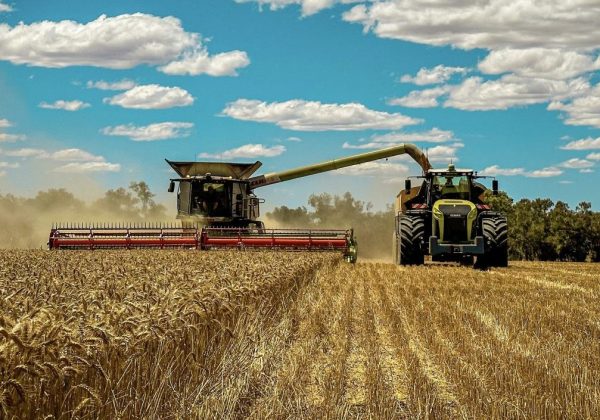
Viterra receivals pass 5.1Mt
VITERRA has now received 5.1 million tonnes (Mt) of grain into its system from the current harvest following deliveries in the week to Sunday of 1,275,341t, it said in its final weekly receivals report for the year.
At its network across South Australia and in western Victoria, the bulk handler had its busiest day for receivals this harvest on Sunday when growers delivered around 230,000t to its sites, surpassing its previous busiest day of December 2 when 226,000t was delivered.
Viterra Central region operations manager Jack Tansley said all sites in the region are now receiving.
“Our Jamestown site welcomed its first delivery for the season last week, meaning all 16 sites in the region are now receiving grain,” Mr Tansley said.
“Growers are delivering all commodities into sites in our region, with wheat now the major commodity.
Read mpore here…
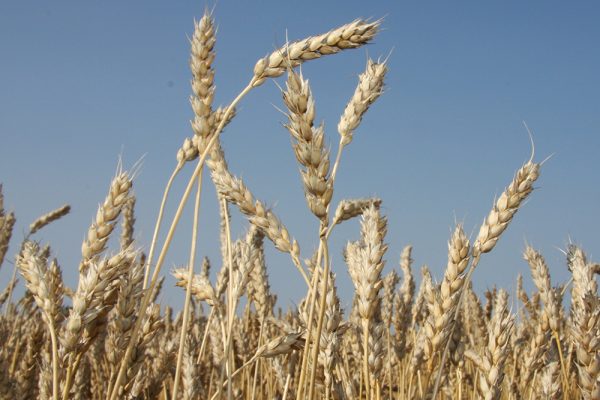
Commodities 2023: Australia’s record wheat crop to dominate Asia demand in H1
Australia is likely to start the new year with a record wheat crop harvest and dominate short-term Asian demand, while supplies from Argentina and Ukraine are uncertain. Logistical challenges and wheat quality concerns though may compromise Australian exports.
The continent is currently harvesting wheat and on track to receive its largest crop in history. The Australian Bureau of Agricultural and Resource Economics and Sciences estimated output at 36.6 million mt, 300,000 mt more than the previous 2021-22 season’s (October-September) 36.3 million mt.
Yet the third straight La Nina that brought wet conditions and boosted 2022 yields are causing havoc for producers at harvest time. Losses in some acreages are expected due to flooding, farm equipment has sustained damages, and some roads washed away in flash floods.
Read more here…
South America
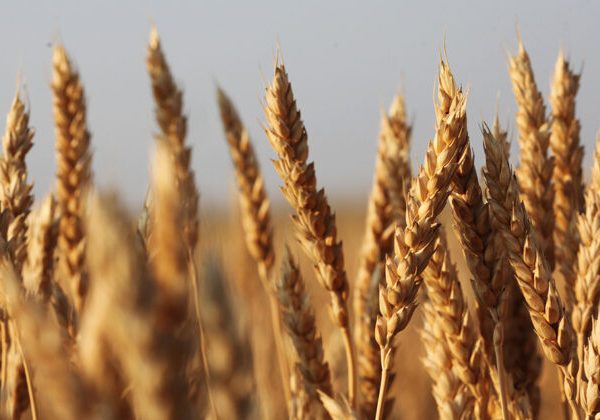
Argentine wheat crop, one of the least productive in recent history
The Argentine wheat crop, 2022/23 is again suffering the consequences of a prolonged drought and lack of sufficient rain, which means that the overall estimate volume has again been reduced by 300,000 tons to a total of 11,5 million tons, according to the Rosario Grains Exchange.
This is half the 2021/22 crop, which was a record, and the contraction this season was not greater because the province of Entre Rios surprised with some extraordinary yields.
The Rosario Grains Exchange also pointed out that the main losses happened in the rich fields of the provinces of Cordoba, Buenos Aires and Santa Fe, where in only a month estimates were down 300,000 tons. With domestic consumption of some nine million tons, surplus for exports has been considerably reduced.
“We had an average yield fo 2,300 kilos per hectare, the lowest recorded since 2010”, pointed out the Rosario Grains Exchange. But in Entre Rios yields were excellent and helped the overall average. Temperature played a crucial role, 15 Celsius during the maturing period with abundant humidity. And this despite a month of November with insufficient humidity and consecutive frosts, but Entre Rios prevailed and had a production of 3,900 kilos per hectare“.
Read more here…
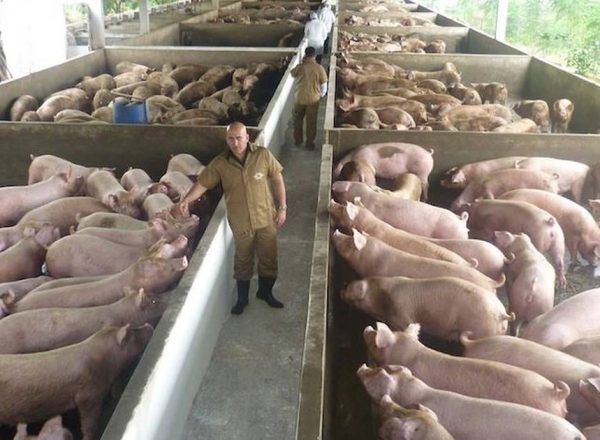
Pork exports growing in Paraguay
Paraguayan pork exports are looking at a brighter future for 2023, according to various positive developments on various fronts over the past few months, it was reported in Asunción.
National Animal Health and Quality Service (Senacsa) President José Carlos Martín Camperchioli highlighted the resumption of pork shipments to Russia in November after almost three years, despite some nuisances.
“We have to be a little frank and communicate that we continue to have many problems, Russia continues to have many problems at a general level and there is a lot of uncertainty about what may happen, although some conversations were resumed to export pork to Russia, it is positive news,” he said. “Now only one logistics company reaches Russia, the cost of transportation increased almost 400% to reach Russia with a chilled frozen container,” he added while stressing Russia’s importance for Paraguayan animal protein.
The official also pointed out that the meat sold to Russia is boneless and consists mainly of three cuts: bondiola, boneless pork leg, and offal.
Read more here…
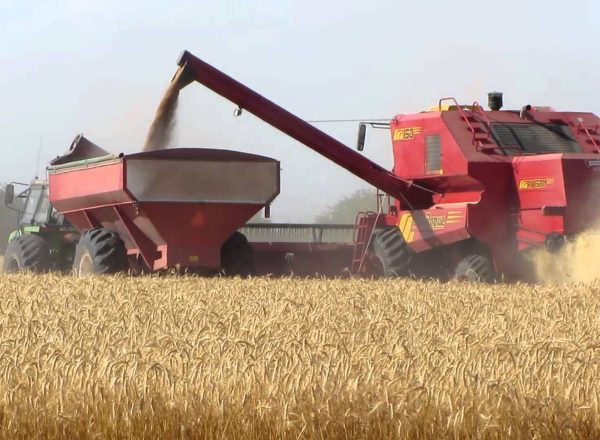
Argentina wheat exports at their lowest, but record year for fertilizer consumption
Bad and good news from Argentina. Wheat exports are expected to hit their lowest point in eight years because of climate effects, especially La Niña ravaging the country’s crops for the third consecutive reason, points out the Rosario Grains Exchange (BCR)
Argentina’s foreign sales declarations (DJVE), which account for the volumes already committed to exports, are close to 8.9 million tons. However, the government allowed part of this volume to be exported in the next season since there were not enough stocks available this season.
Season-ending stocks are forecast at 1.72m tons, the lowest in five seasons. In 2017/18, there were 1.2 million tons in stock. Production in the current season is forecast at 11.5 million tons, half of last year’s 23 million. This is the lowest crop since 10.9 million in 2014/15. Productivity, at 2.3 tons per hectare, is the weakest since 2008/09, when 2.11 tons per hectare were harvested.
Finally, Argentine wheat prices reported by industry regulators, measured in dollars per ton and converted at the official exchange rate, show values much higher than the market average and are the highest since 2012/13.
Read more here…
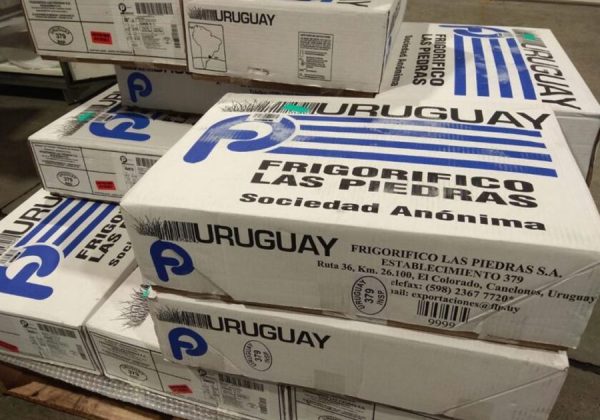
More Uruguayan exporters greenlighted for frozen bone sales to China
Chinese authorities authorized 27 Uruguayan companies to export frozen bone meat cuts in what Montevideo dubbed an “achievement” that “strengthens” the relationship between the two countries.
According to the Uruguayan Exporters Union (UEU), China positioned itself again in 2022 as the main destination for Uruguayan exports, in which meat is the most sold product.
Uruguay’s Foreign Ministry also explained that the new 27 beneficiaries are added to the over 30 already existing.
The announcement came amid friction between Mercosur members who do not approve of Uruguay’s unilateral deals with other countries or blocs, claiming that such undertakings are against the rules of the South American common market’s founding Treaty of Asunción.
Uruguay’s negotiations for a Free Trade Agreement (FTA) with China are a part of President Luis Lacalle Pou’s “flexibilization” and “modernization” approach.
Read more here
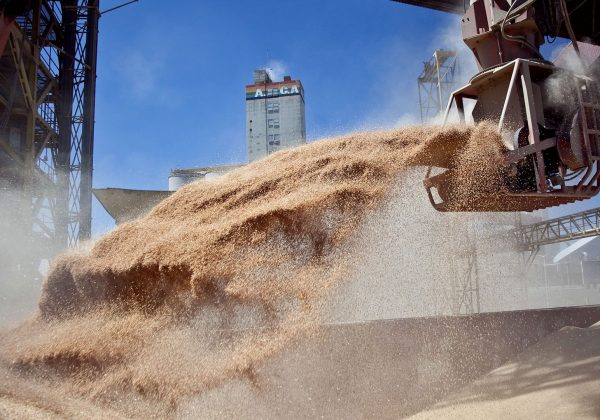
Brazil agribusiness exports US$ 160 billion in ’22, but inputs have soared and ’23 could see a return of protectionism
Brazilian agribusiness exports should reach a record US$ 160 billion this year, which represents an increase of 32% compared to 2021, and a number that also was surprisingly high last year. But on the other hand input imports have never been so costly because of the international prices with inputs reaching almost US$ 50 billion, up 51% year to year.
The surprising export revenue began with the effects of the pandemic when countries increased their food stocks in anticipation of a disruption in the food supply. Likewise given the significance of both Russia and Ukraine in the supply of grains to the international market, the fact they are involved in an exhausting war means further supply disruptions and again commodity prices’ increases.
The pandemic and the war, while benefiting Brazilian farmers and exporters with higher prices, boosted spending. Russia, an important supplier of fertilizers, reduced the supply, and prices skyrocketed.
Read more here
Food Updates

CO2 laser processing: a technology to improve food safety
Technological innovation in processing is one of the fundamental pillars on which the improvement of the efficiency and profitability of the food industry hinges. Among the technologies studied in recent years, the CO2 laser has remarkable capacity to transform the food production of the future.
Temporal and spatial precision of lasers make it possible to concentrate the laser energy in a tiny spot and follow complex patterns, without overly impacting nearby food material.
This is particularly of interest in several mechanical and thermal processes. For instance, it has been proposed to inactivate microorganisms on food contact surfaces. It can also be used for non-contact cutting, avoiding the physical, chemical and microbiological cross-contamination problems of other systems such as blades or water jet; or for food marking, replacing paper/plastic labels and inks.
CO2 laser: main properties and effects on foods
A laser (an acronym for light amplification by stimulated emission of radiation) consists of an energy supply system that energises the molecules of a gain medium to an excited state, producing light.
Read more here

The Collective’s journey: building a brand with purpose
Our journey began when the company was initially founded by two entrepreneurial chefs in New Zealand. Since then, we have seen significant growth and positive transformation as we look to bring great tasting dairy to more and more people, and pioneer future innovation in the dairy and dairy-free categories.
Core to achieving this is our inclusive, collaborative, honest and agile culture. We recognise the importance of putting culture first, and this has been a key focus since I took on leadership of our UK and Europe team in March 2020, having run the New Zealand business previously.
Becoming a B Corp
One of our biggest milestones at The Collective was becoming B Corp certified in 2021, and we are committed to continuously striving to do better across our three Ps: people, planet, and products.
Read more here…
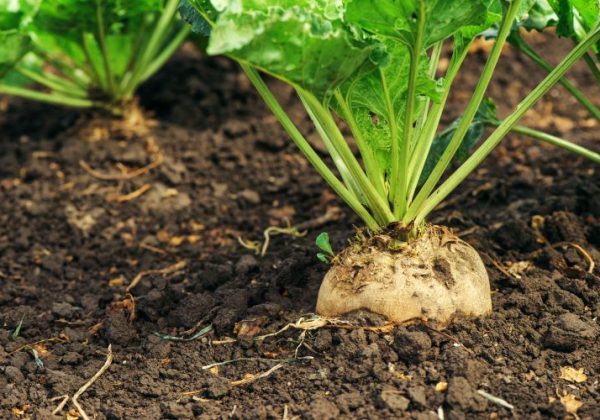
A sweet assist: why sugar testing is so important
In the rolling farmlands of the northern Great Plains, from Michigan to Oregon, an unlikely remedy to Americans’ collective sweet tooth can be found in the form of a humble root vegetable: the sugar beet.
According to the USDA, more than half of all domestically produced sugar – around 55 to 60 percent – comes from sugar beets. The unassuming tuber must be processed to extract and purify the sucrose, separating the desired sugar from the rest of the vegetable matter.
But sugar comes in many shades and the differences are sometimes too subtle for the naked eye to see. So, as the refinement process advances, quality checks must be implemented regularly, most often in the form of colour testing.
A spectrophotometer can generate quantitative colour values more precisely than other analytical options. With its rapid response and ease of use, the spectrophotometer provides immediate feedback that allows for real-time adjustment to the refinement process, potentially saving a sugar production facility time and money.
Read more here…

Protecting supply chains and consumers in today’s world
When one of the UK’s major fertiliser plants announced it would be halting production this summer, the immediate concern raised by the food and drink industry was its impact on carbon dioxide supply – used widely in meat production, food packaging and carbonated drinks.
To manage this, manufacturers have had to establish new lines of supply and, as disruption persists and prices increase due to outweighed demand, many are searching for the most cost‑effective sources.
Three months on, we are now hearing calls for food manufacturers to prioritise quality checks when choosing new carbon dioxide suppliers to minimise the food fraud risk of carcinogens entering the food supply chain.
These recent carbon dioxide shortages demonstrate the knock-on effect of one isolated change in the supply chain – impacting manufacturers and customers for months, even years. The need to rethink supply networks in the wake of the COVID-19 pandemic has been well reported, however, with this comes the need to preserve food safety and remain vigilant to food fraud.
Read more here…


